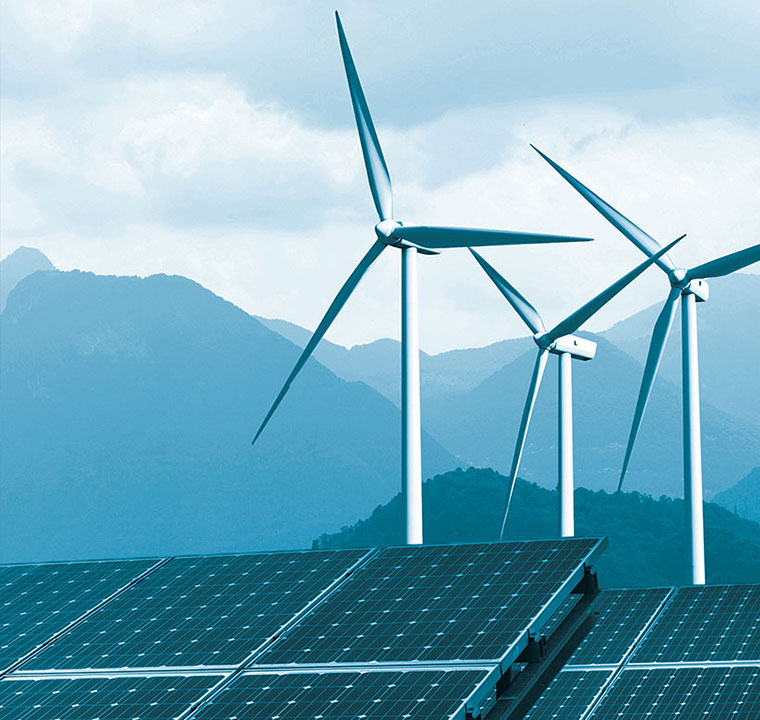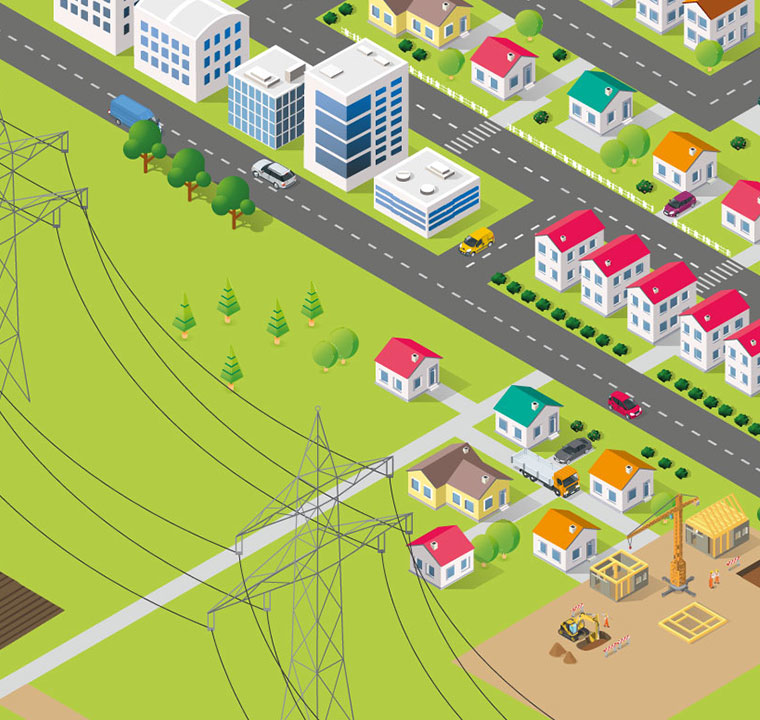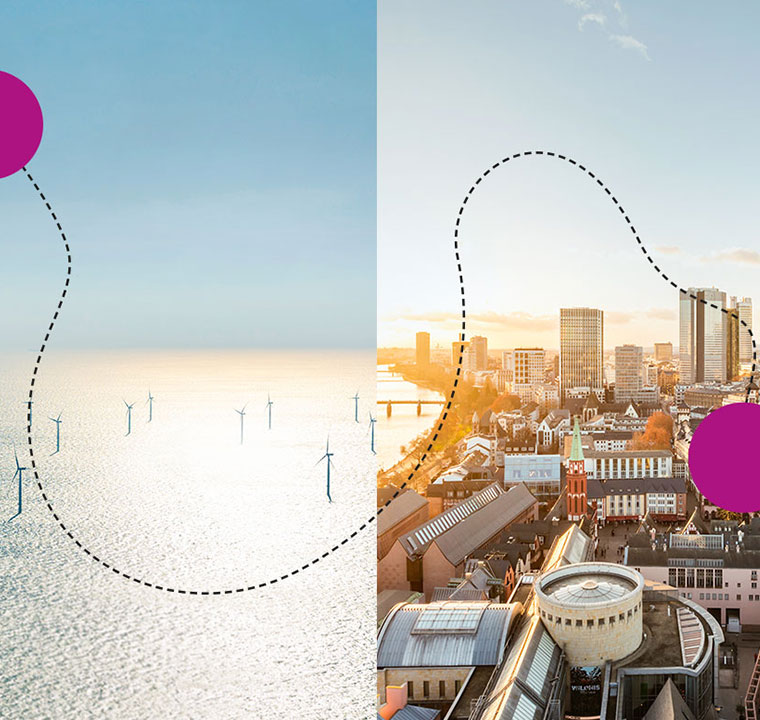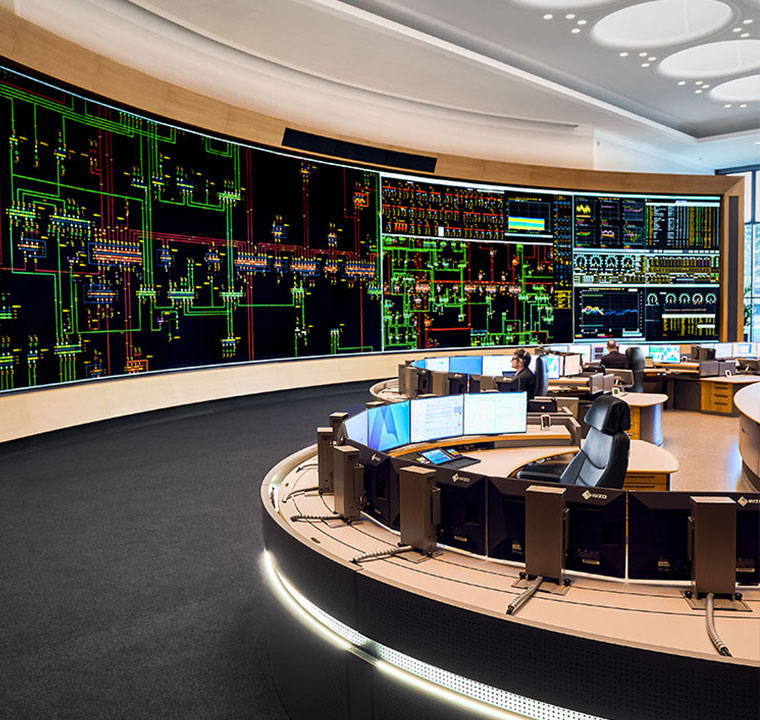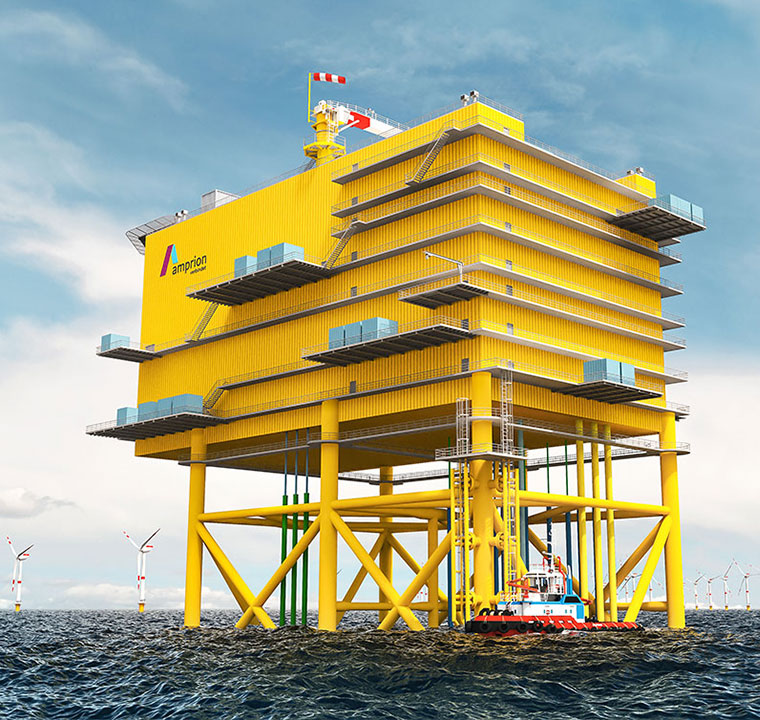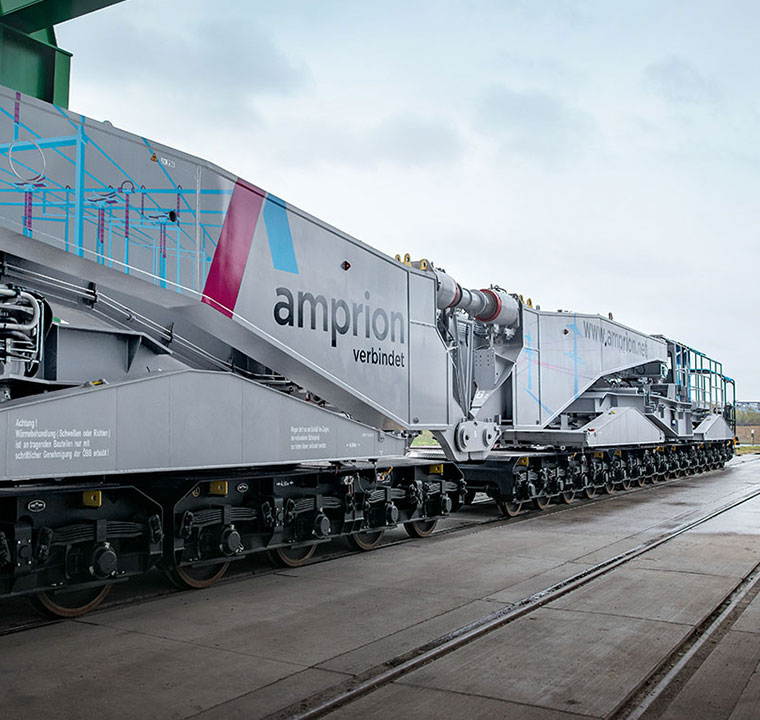Ms Klingenberg, how far along the road to climate neutrality has the chemical industry come to date?
Renate Klingenberg We have already covered quite a distance. The chemical industry has cut its greenhouse gas emissions by almost 50 per cent compared to 1990 – while still increasing production volumes. But to become carbon-neutral by 2050, we need enormous quantities of very cheap, green electricity. Companies will switch to running their processes more on electricity instead of oil and gas. Our industry's power needs will grow to 625 terawatt hours by 2050 – that's more than ten times today's requirement.
Gerald Kaendler The electricity grid must, and will, adapt to this situation. Electricity is extremely valuable in macroeconomic terms: electrical processes are highly efficient – and electricity can be generated from renewable sources. Amprion brings this green electricity to its customers and, in doing so, is helping the industry to decarbonise through electrification. There are two key challenges we face here: on the one hand, the feed-in of wind and solar power to the grid fluctuates greatly owing to the capricious nature of the weather; on the other hand, we do not yet have the technology to store massive volumes of electricity.
Klingenberg We therefore expect electricity imports to increase significantly.
Kaendler Yes, we expect that too. That is why we are helping to expand the power grid. There's lots of wind out on the North Sea, and we can come together and collaborate with other countries through the “Eurobar” concept. The other question is this: How do we make the system more flexible? At some point, electricity alone will no longer be enough to meet our needs and give us the necessary flexibility. But if we use it to produce green hydrogen – and we do so when we can no longer absorb it in the system – the world will look very different. Industry and the energy sector should be ready by the mid-2030s to take the next step towards decarbonisation. To do this, we need to look at all energy sources and also take imports into account – because they play a big part as regards flexibility. Then we can build a climate-neutral, secure and efficient energy system in Germany and Europe by 2050.

